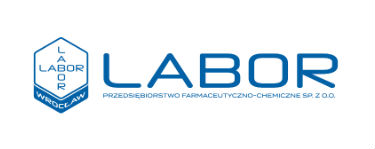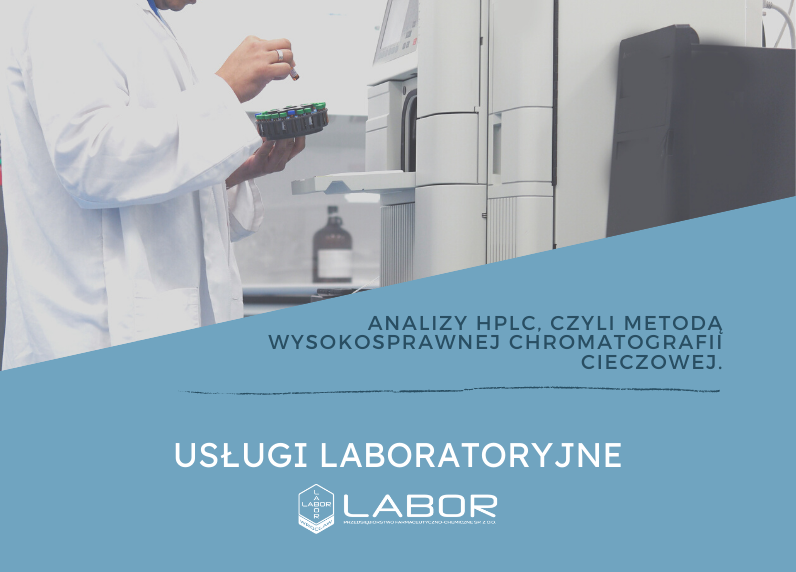Among the various analyzes performed every day in all kinds of laboratories, we are dealing with both manual analyzes (e.g. assessment of the color and / or sediment produced with the naked eye during the reaction carried out in a test tube), as well as instrumental analyzes, i.e. which use measuring instruments. This group includes HPLC – high-performance liquid chromatography.
This advanced analytical method allows for the determination of the purity, identity and content of specific substances in the test material, for the identification of substances present in the sample, as well as for the separation and purification of chemical compounds. It uses the flow of an appropriately selected mobile phase (solvent mixture) through a column with a narrow cross-section (a few millimeters), filled with a bed with a small grain diameter (on the order of a few micrometers), constituting the stationary phase. A characteristic feature of the HPLC method is the fact that the process takes place under high pressure, ranging from several dozen to even about 100 atm or more.
The sample prepared for analysis is taken from the vial placed in the device through a special needle, and then dissolved in the mobile phase and directed to the column. There, due to the differences in the strength of interactions between the sample and the mobile and stationary phases, the compounds present in it are separated – those that interact more strongly with the mobile phase and less with the stationary phase will flow through the column first and will be registered by the detector faster than those which interact more strongly with the stationary phase and less with the mobile phase. The result of the analysis is recorded by a computer program in the form of a graph with peaks, the size of which depends on the concentration of a given substance in the analyzed sample, and the place of appearance on the graph (on the horizontal axis) from the time elapsed from the injection of the sample onto the column until the substance was registered by the detector.
Due to the huge selection of columns and mobile phases, the HPLC method allows the testing of many compounds from various chemical groups. Our Chemical Laboratory is also equipped with an HPLC apparatus, on which we perform the analysis of starting materials and final products specified in the relevant specifications. If you would like to commission us to perform an analysis of the sample sent to us using the HPLC method, please send an e-mail to the following address: laboratorium@labor.com.pl, b.wieclaw@labor.com.pl or r.kowalczyk@labor.com.pl to arrange the details offers.
WE INVITE YOU TO COOPERATION!
AUTHOR: mgr inż. Katarzyna Trębicka




